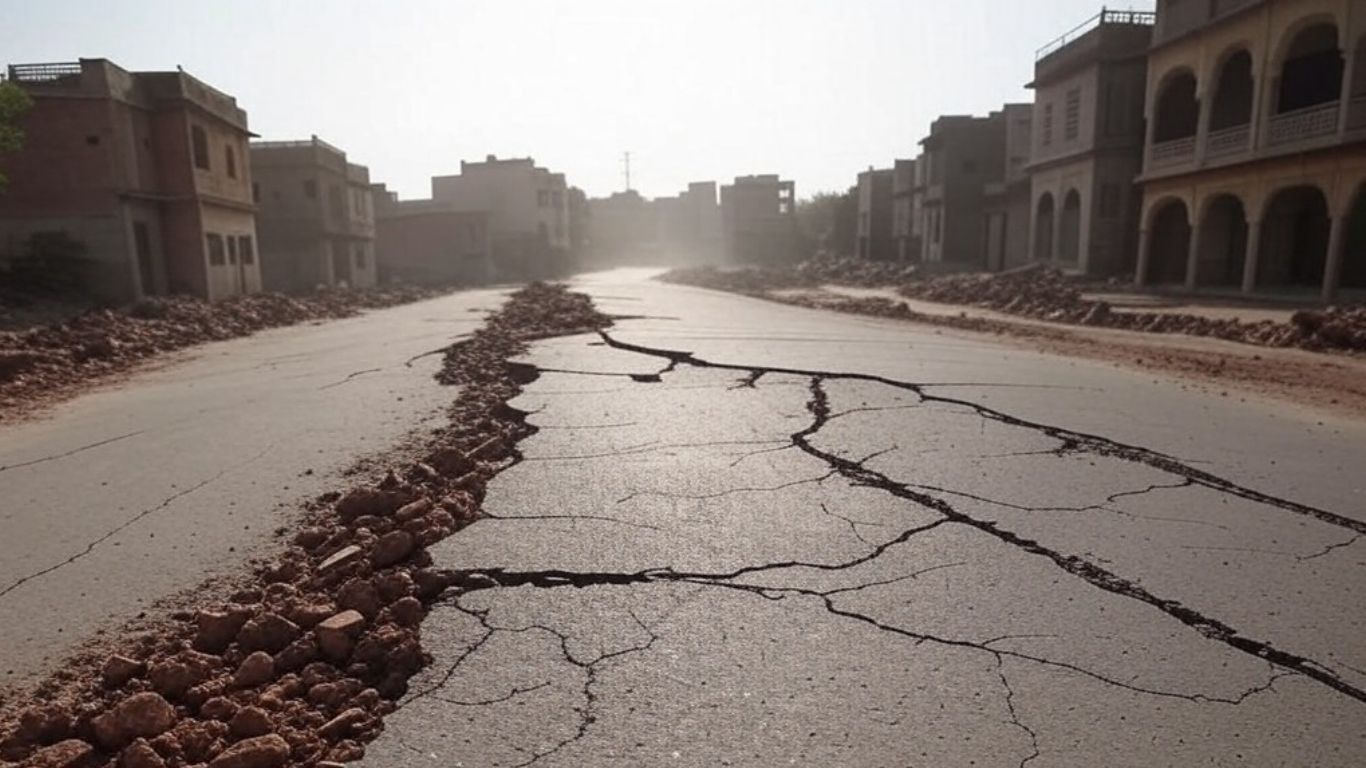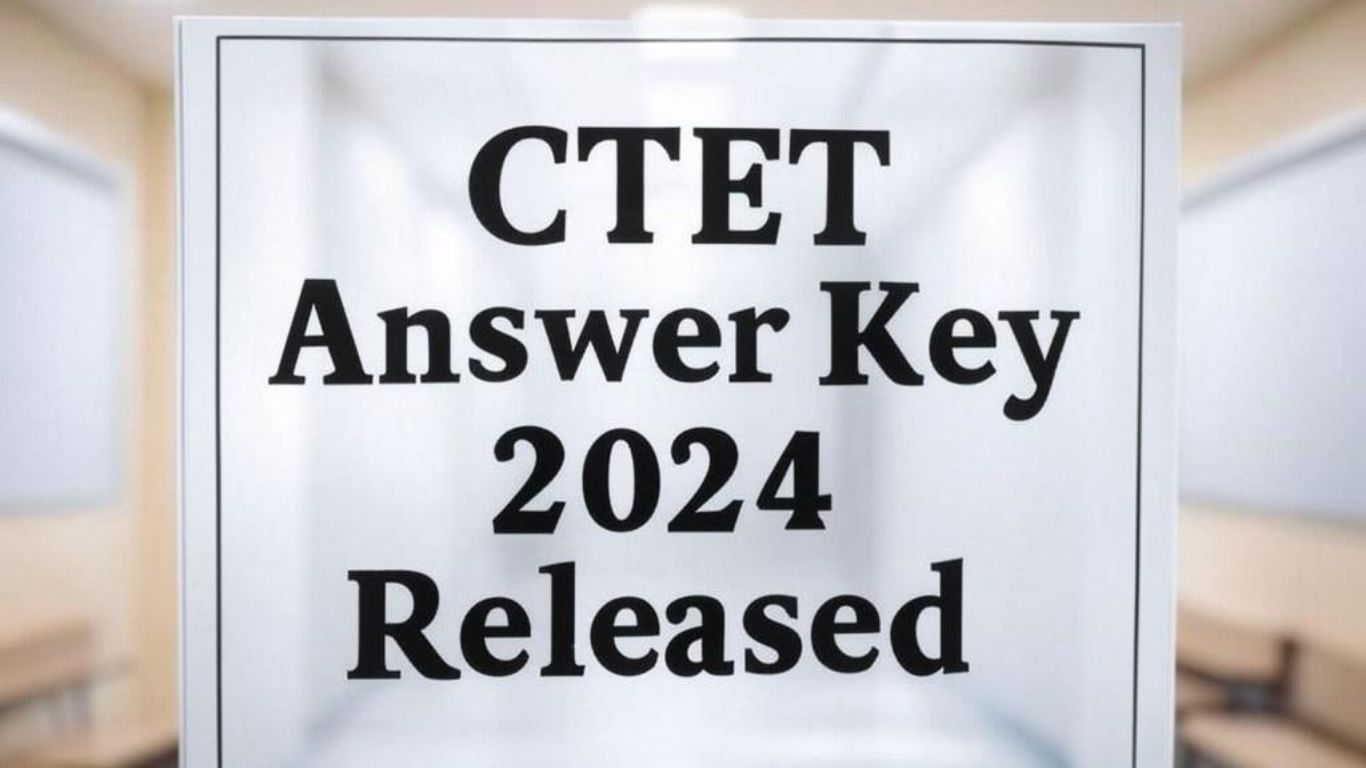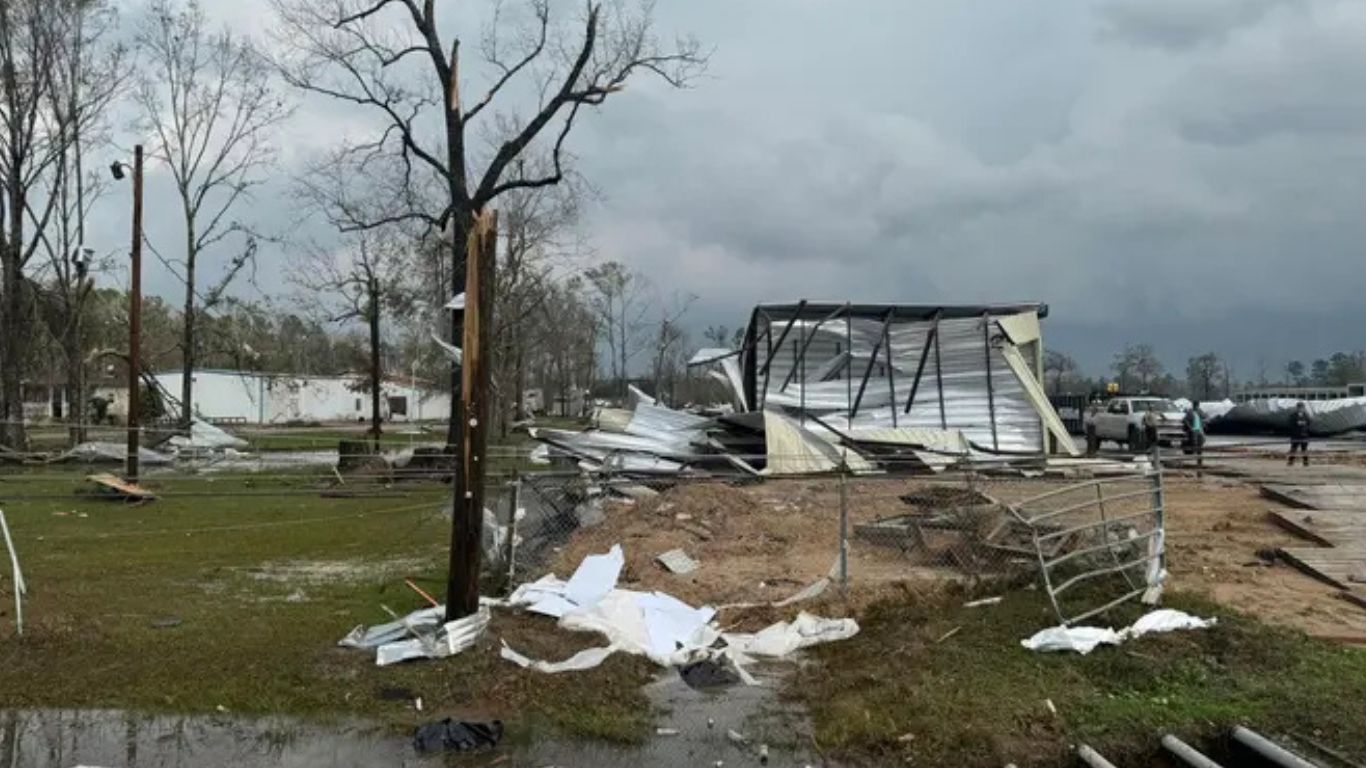Magnitude and Epicenter
A moderate earthquake measuring 4.3 on the Richter scale struck Haryana’s Sonipat on Wednesday afternoon. The seismic event, while moderate in intensity, was significant enough to be felt across neighboring regions, particularly in parts of the National Capital Region (NCR).
Time and Duration
The earthquake occurred during the afternoon hours on Wednesday, sending mild tremors through the region. The sudden seismic activity prompted immediate attention from local authorities and meteorological departments monitoring the situation.
Impact on Delhi-NCR Region
Areas Affected
The tremors from the Sonipat-centered earthquake were felt across various parts of Delhi, highlighting the interconnected nature of seismic activity in the NCR region. The proximity of Sonipat to the national capital meant that the effects were noticeable across a significant geographical area.
Public Response
Local residents in both Sonipat and parts of Delhi reported feeling the tremors, leading to momentary concern and alertness. Many people in high-rise buildings particularly noticed the seismic activity, though no immediate reports of damage or casualties were recorded.
Seismic Activity in the Region
Historical Context
The Delhi-NCR region, including Sonipat, lies in Seismic Zone IV, which is considered a high-risk zone for earthquakes. This classification means the area is prone to significant seismic activity, making it crucial for residents and authorities to remain prepared.
Geological Significance
The region’s location near the intersection of tectonic plates makes it susceptible to periodic seismic activities. Understanding these geological factors is essential for urban planning and infrastructure development in the area.
Emergency Response
Official Reactions
Local authorities and emergency services maintained vigilance following the earthquake, ensuring readiness to respond to any potential aftermath. The standard protocols for post-earthquake assessment were initiated to evaluate any structural impacts.
Safety Measures
The event serves as a reminder of the importance of earthquake preparedness in the region. Building codes and safety protocols designed for seismic zones play a crucial role in minimizing risks during such natural events.
Understanding Earthquakes in North India
The occurrence of this earthquake underscores the need for continued awareness about seismic activity in North India. Regular monitoring and preparedness measures remain essential for public safety in these earthquake-prone regions.
While the 4.3 magnitude earthquake in Sonipat caused no significant damage, it serves as an important reminder of the region’s seismic nature. Continued vigilance, proper infrastructure planning, and public awareness are crucial for managing such natural events effectively.
FAQs
- Q: Was this earthquake considered severe? A: No, at 4.3 magnitude, it’s considered a moderate earthquake with limited potential for damage.
- Q: Why was the earthquake felt in Delhi despite occurring in Sonipat? A: Seismic waves can travel significant distances, and Delhi’s proximity to Sonipat made the tremors noticeable.
- Q: What should residents do during an earthquake? A: Stay calm, take cover under sturdy furniture, and stay away from windows and exterior walls.
- Q: How often does this region experience earthquakes? A: The Delhi-NCR region, being in Seismic Zone IV, experiences periodic seismic activity throughout the year.
- Q: Are buildings in the region designed to withstand earthquakes? A: Yes, buildings in Seismic Zone IV are required to follow specific construction codes to withstand moderate earthquakes.















